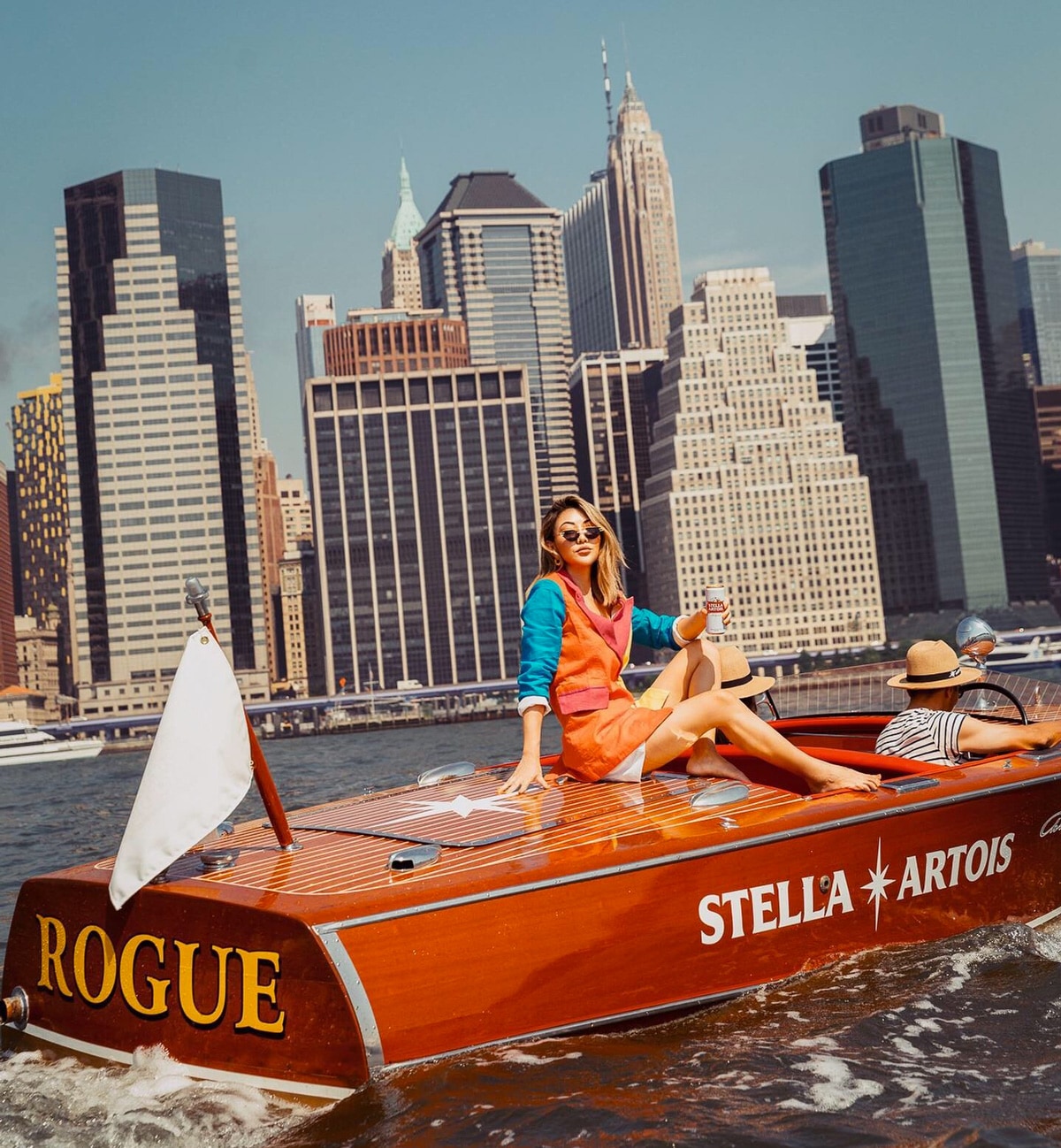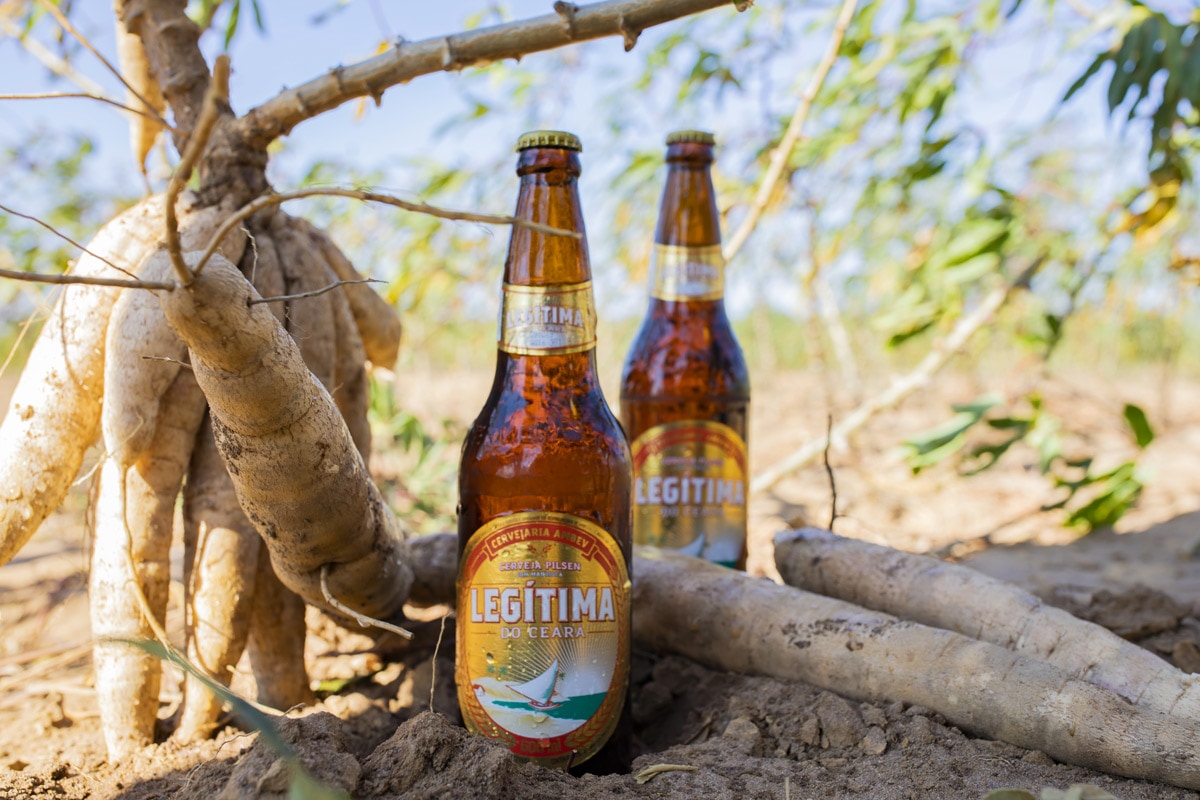Responding to consumer trends
A variety of societal changes such as an aging population, focus on gender equality and increasingly digital lifestyles are giving rise to several key consumer trends. Based on these trends, we can identify clear growth opportunities in each market where we operate.
Health & wellness

Due to increasing awareness and demographic changes, people are becoming more aware of their health and taking steps to ensure that they are living a healthy lifestyle. An aging population in many markets, combined with the health-forward attitudes of Millennials and Gen Z, clean eating trends and the personalization of wellness have been growing steadily.
To continue to deliver products that meet consumer demand, we are offering more choice with the highest-quality no- and low-alcohol beer (NABLAB) options, which can be an important way to help reduce the harmful use of alcohol. We see ourselves as leaders in the NABLAB segment and are building our NABLAB portfolio with more than 80 offerings for different consumer occasions. NABLAB products made up approximately 7% of our global beer volume in 2019, with the long-term goal of NABLAB reaching at least 20% of our global beer volume by 2025.
Another example of this is the growth of hard seltzer across a wide spectrum of consumers, primarily in the US and just starting also in other markets. As a consumer-centric company, we are taking a portfolio approach with the category with Bon & Viv (launched in 2015), Natural Light Seltzer, Mike’s Hard Sparkling Water in the UK and Bud Light Seltzer (all launched in 2019).
NABLAB portfolio











































